
Hypertrophic Scarring - Overview
Scarring is considered a normal process after an injury or surgery. This is the body's way of healing and the opened wound is eventually closed with a specific formation made of a fiber like connective tissue called collagen. Initially all the scars are red and a bit swollen. Swelling eventually withdraws and the scars become paler and their color becomes almost the same as the surrounding skin.
Hypertrophic scarring can be defined as heavy and excessive scarring that occurs around a piercing and other wounds. Hypertrophic scarring must be properly differentiated from keloids. In hypertrophic scarring there is excessive scaring but it does not extend past the original scar while keloids feature with excessive scarring and the newly formed scar tissue tends to extend beyond the borders of the original scar. Furthermore, hypertrophic scars are generally clearer than keloids. Hypertrophic scars may withdraw either spontaneously or after being treated.
Hypertrophic scars are commonly associated with burns, scratches, injections and tattoos. Some people are more prone to hypertrophic scars. There is even genetic predisposition to this condition.
Treatment for Hypertrophic Scars
There are several treatment options for people suffering from hypertrophic scars.
Laser treatment is definitely one of the most effective treatment modalities for hypertrophic scars. During the procedure the upper layer of the scar is vaporized and the lower layer of the skin is exposed. The laser actually flattens the scar. Specific types of laser have the ability to penetrate deep into the lower layers of the epidermis and stimulate the growth of the new collagen. This way the old scar is removed and the new one takes the place of the former one. The procedure is done under local anesthesia and lasts no longer than half an hour.
Hypertrophic scars can be also treated with radiotherapy. The scar is exposed to mild doses of high energy beams which penetrate superficial layers of the affected skin. In some people desirable results are obtained with cortisone injections. Intraregional application of steroids makes the scar disappear or reduce in size. Chemical peels include application of certain chemicals directly onto the hypertrophic scar. They burn the excessive layer of the scar and exfoliate the skin. Once the outer layer has grown back the scar is not as visible as it used to be. In order to achieve desirable results one must undergo a series of chemical peel treatments. And finally, hypertrophic scars can be treated with dermabrasion. This is an excellent choice for raised scars and hypertrophic scars.


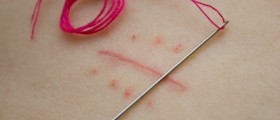





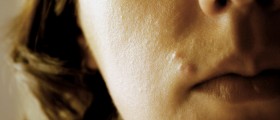

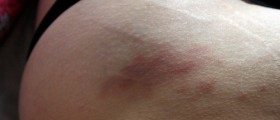
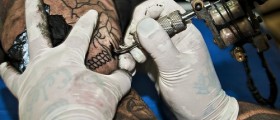


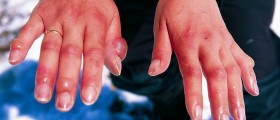
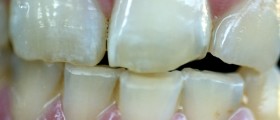
Your thoughts on this
Loading...